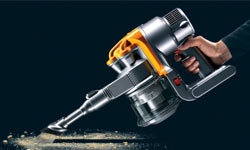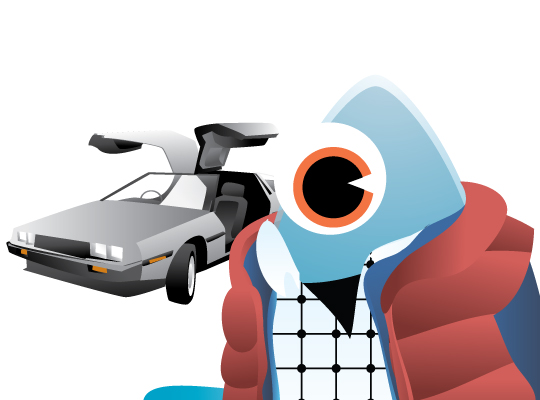
Awhile back, I read a story in The New Yorker about luxury ketchup. If the idea of “luxury ketchup” makes you guffaw, you aren’t alone. While customers have been knife-fed high-end mustard products for years, even the fanciest restaurants still stock Heinz. The fact is, while some products are increasingly being defined by their high-end premium offerings, there are still a few ketchups in the mix — offerings which can only be called commodities.
Of course, these ranks are dwindling. What Grey Poupon did to mustard, Dyson has done to vacuum cleaners, and now commercial hand dryers. When once a white G.E. fridge would be adequate for keeping your veggies cool, a house that isn’t loaded with a Sub-Zero now looks dated.
However, product cycles are cyclical, and it is only a matter of time before industries that were once commodities become commodities again.
Dyson and Sub-Zero may have made mundane household appliances sexy, but once you get past the passion their products inspire, their reviews are decidedly mixed. Consumer Reports frequently reports that Sub-Zeros have high repair rates, and Dysons only score so-so in the end. So if it’s not reliability and quality that makes these products must-have, what is it?
The answer, of course, is image. Which, in Dyson’s case, is interesting, considering you don’t exactly whip your vacuum out on a cafe table like you do a cell phone. A desirable image is largely a function of two key factors: design and price. Design is straight-forward enough: If somebody can take a product that usually looks like it should be hidden in the closet and add some color and shape to it, people will want it. But price is what is more interesting: Even if people claim to be bargain-hunters, merely making a product more expensive is often all it takes to make somebody want it.
You may claim that you can tell the difference between Coke and the Costco store brand cola, but when it comes down to it, a surprising number of people would probably flunk a taste test. Still, there is a certain satisfaction in using a product that cost you a pretty penny. It becomes something you are proud of and want to display. The mere fact that you are somebody who can afford to spend extra money so frivolously — whether it is on foie gras or a cell phone — adds to your self esteem and self worth (however pathetic that may be.) The act of pimping out luxury products is one of the greatest feats of social engineering in human history. That is: making people proud of wasting money.
Today, the ranks of products that still lack an uber-luxury option is nearly nil. Although, as cheaper items become closer to their luxury counterparts, once diversified products may become commodities again.
This creates an interesting situation. Once-commodified industries — such as vacuums — are now offering ultra-expensive luxury options. Meanwhile, industries that used to have a huge gap between the low and high ends are seeing a narrowing of that chasm as they effectively commodity — Dirt Devil now sells Dyson-esque bagless vacs for half the price, and Vizio TVs aren’t that different from a Sony. This creates an interesting, and rather predictable, product cycle.
First: An industry begins as a commodity. There is little difference between the low and high ends in price and desirability.
Second: Desirable luxury items emerge. These products incite passion due to design and high prices.
Third: The low-end products mimic the performance and design of their high-end counterparts. The prices of the low-end products rise slightly as they add features, while the high-end prices are forced down in order to compete.
Fourth: An industry becomes commodified once again, albeit with nicer-looking products.

Seth Porges writes on future technology and its role in personal electronics for his column, The Futurist. It appears every Thursday and an archive of past columns is available here.